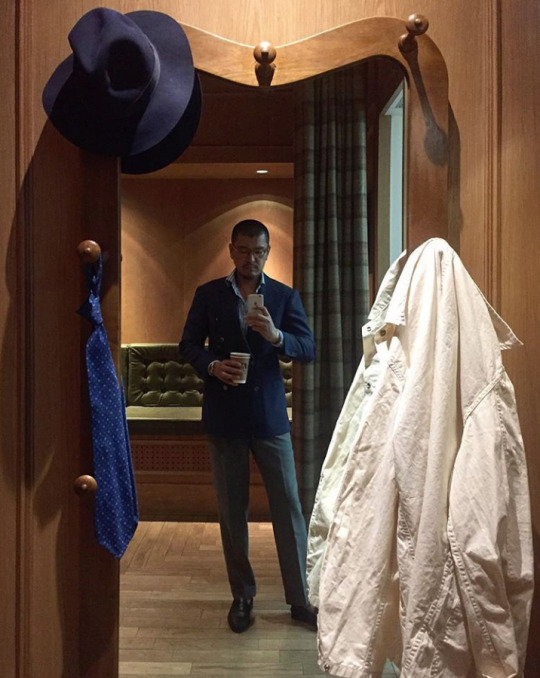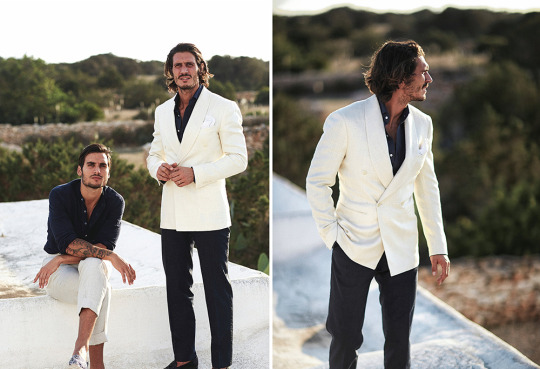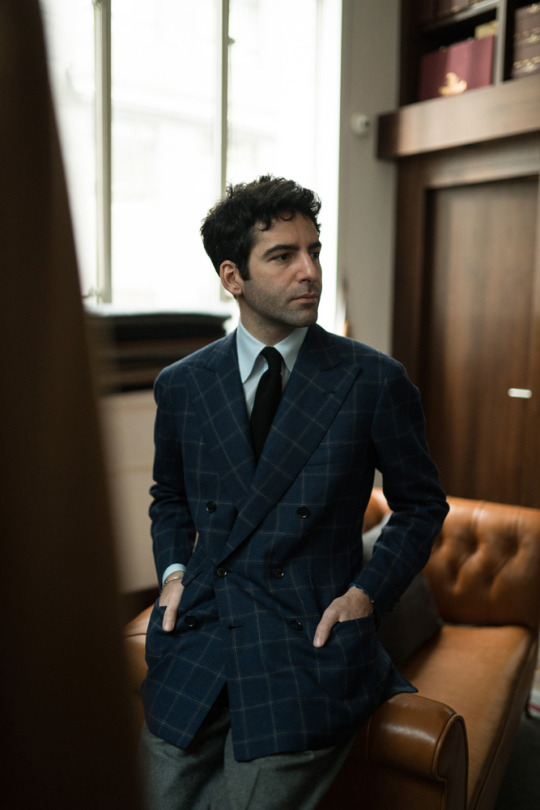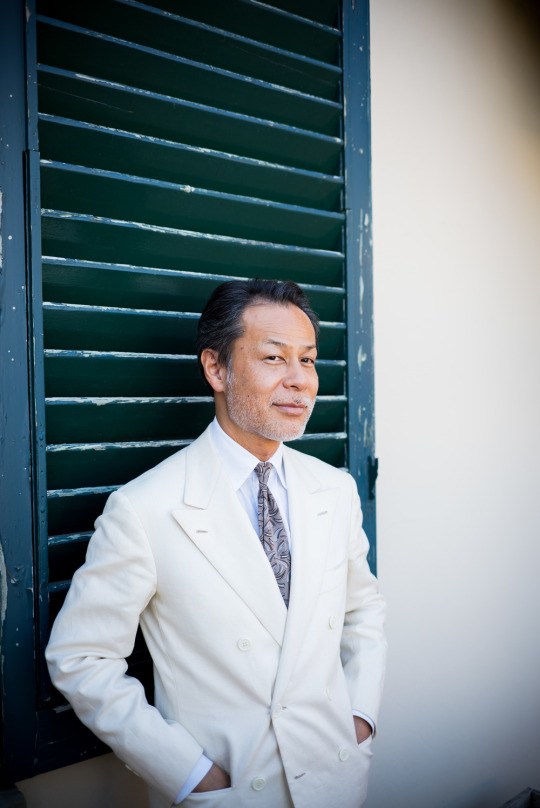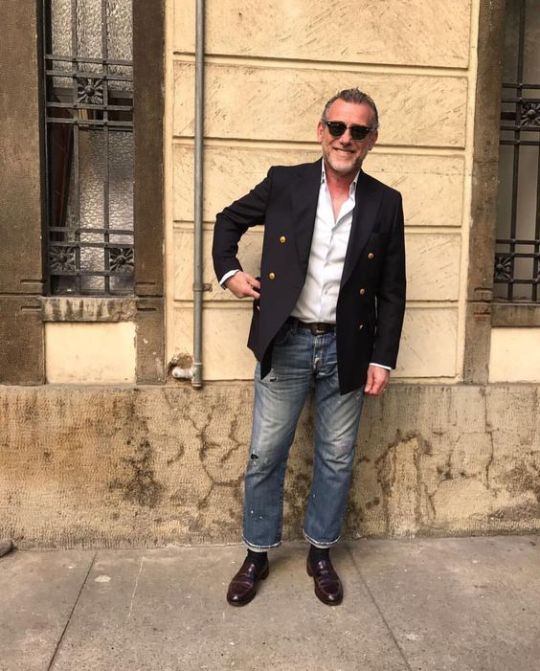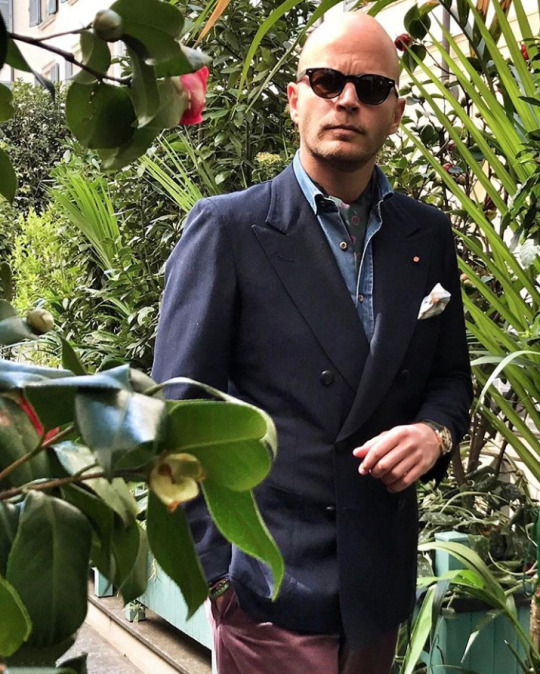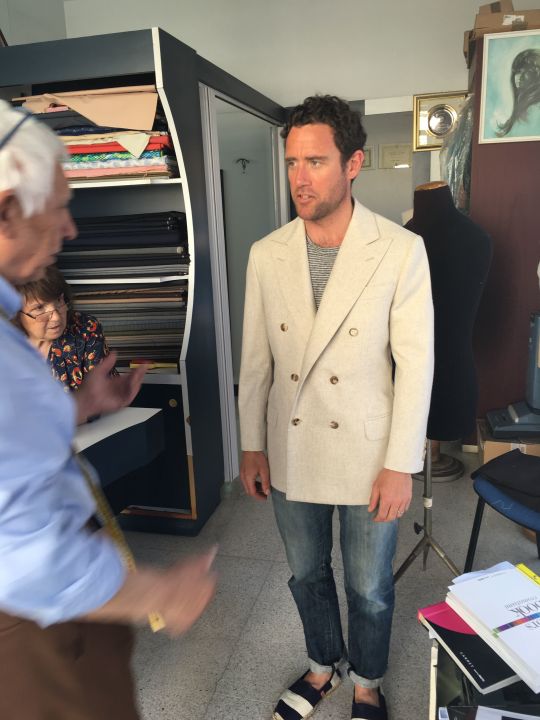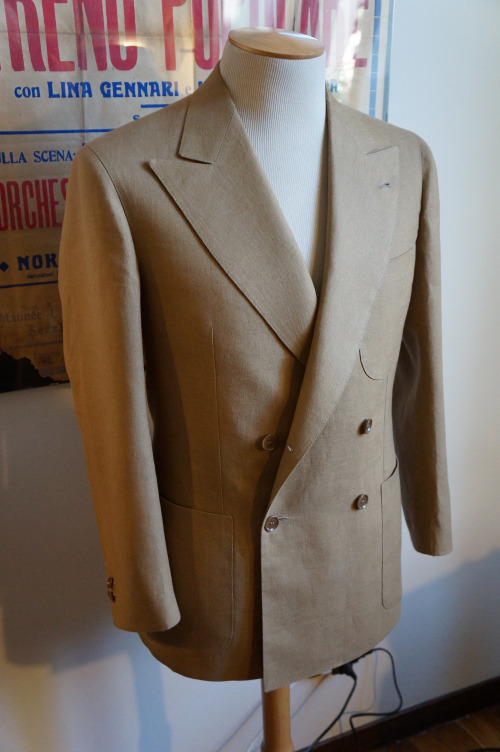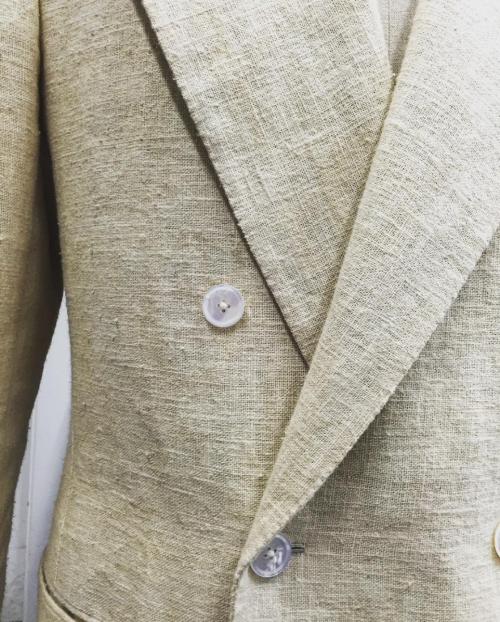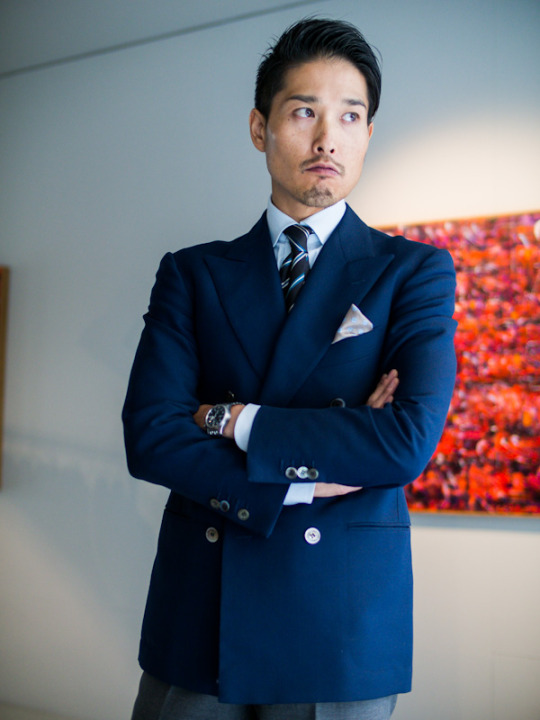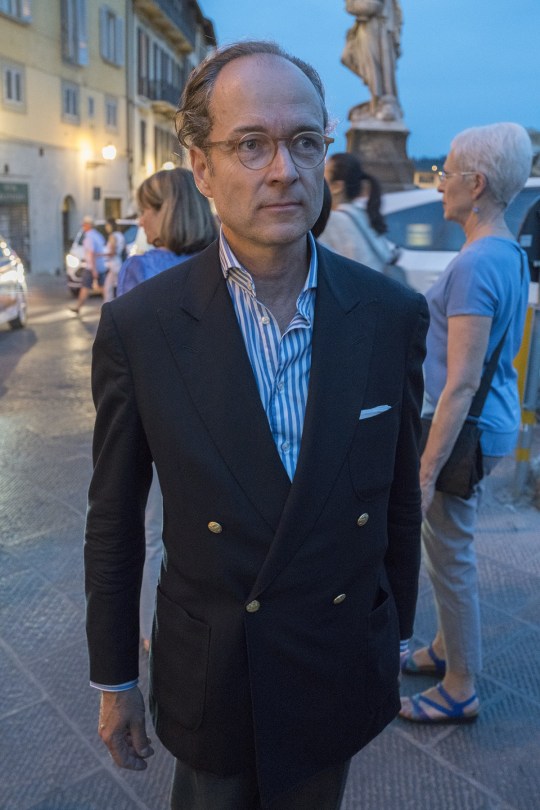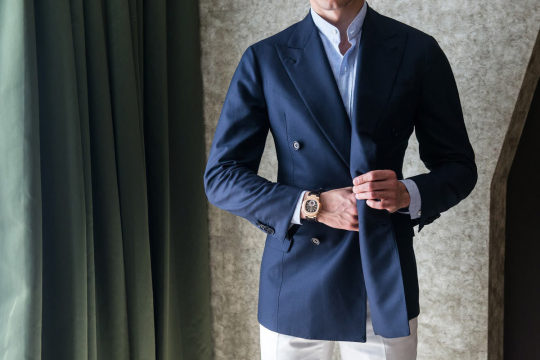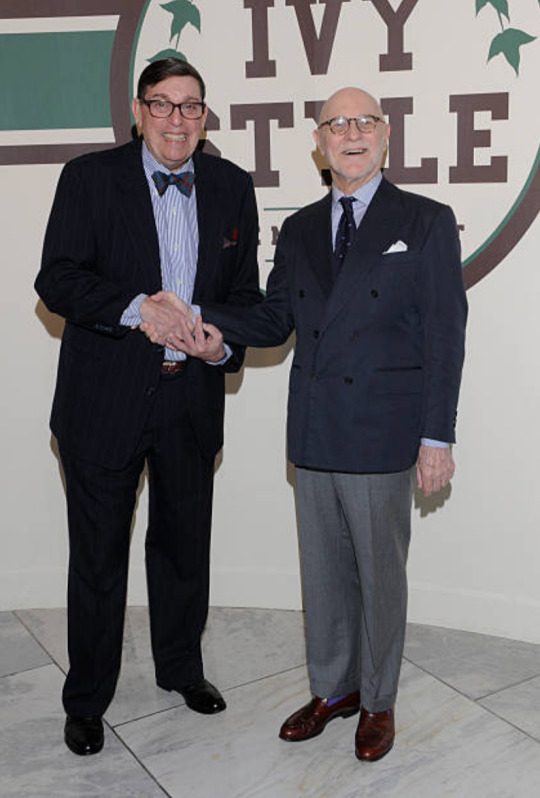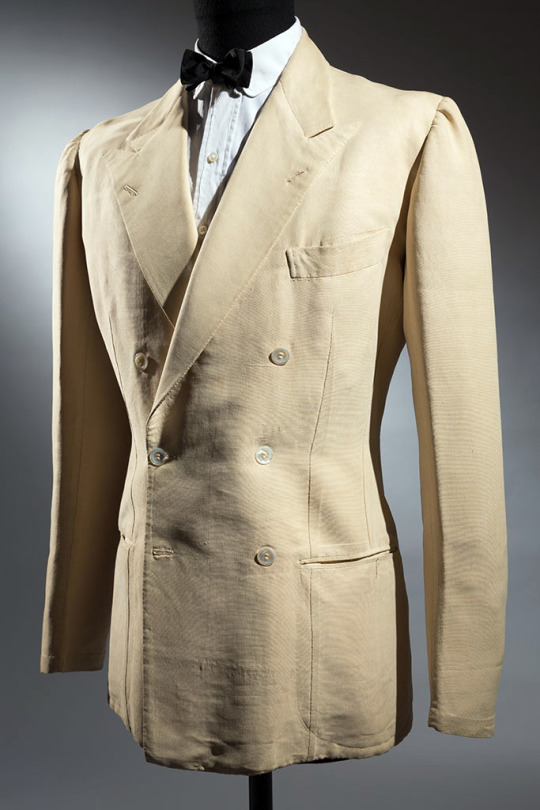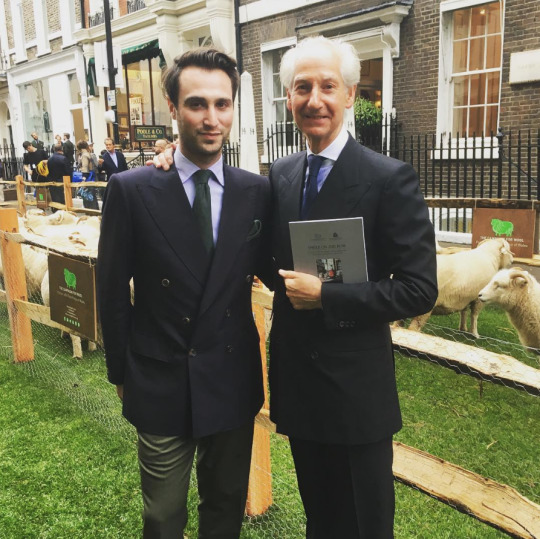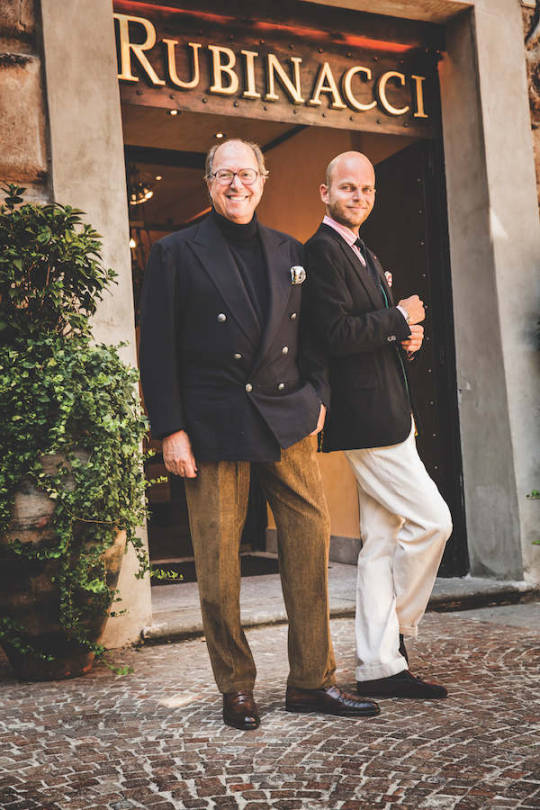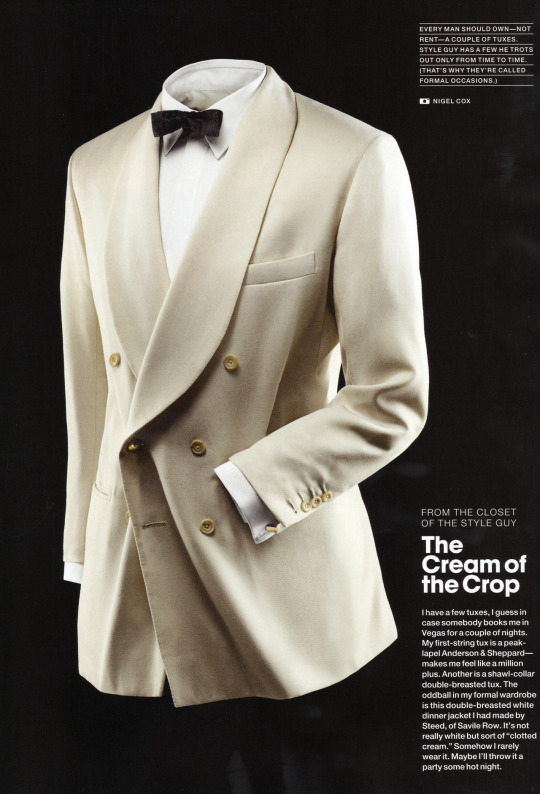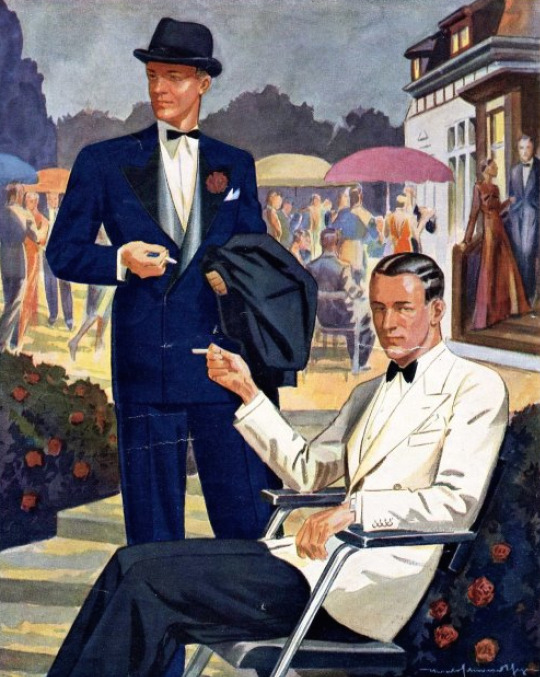
There’s this old episode of Seinfeld I love. George becomes smitten with a charming brunette named Nina, who he meets for the first time while wearing Timberland boots. Convinced his thick soles hide the fact that he’s short, he commits himself to wearing the same Timbs every time he sees her – any situation, every situation, no matter how absurd. By the end of the episode, the two travel together to India to attend a mutual friend’s wedding. George, still committed to his ruse, paints his wheat Timbs black in a desperate attempt to make them look like dress shoes. And when Nina finally snaps, she spins around and dryly tells him: “You can take off those boots – everyone knows you’re five foot six.“
That’s how I feel about all these rules surrounding how you should dress for your body type. The pseudo-scientific ones about how shorter men shouldn’t wear such-and-such; heavier men should avoid these other things. Most seem like they’re about assuaging our insecurities, rather than having an effect on how we’re perceived.
That said, I think there’s one good, general principle. Traditionally, the Platonic male figure is an athletic one – a broad shoulder line that sharply tapers into the waist, forming a V-shaped torso that’s set on a pair of strong, columnar legs. It’s the figure you see on Michelangelo’s representation of the Biblical David. And, until recently, it’s the silhouette traditional clothiers have tried to replicate for their clients. Frederick Scholte, the Dutch-English tailor who dressed Edward VIII, used to cut his coats with a slightly full chest in order to give the illusion of a more Olympian figure. And I think it works.
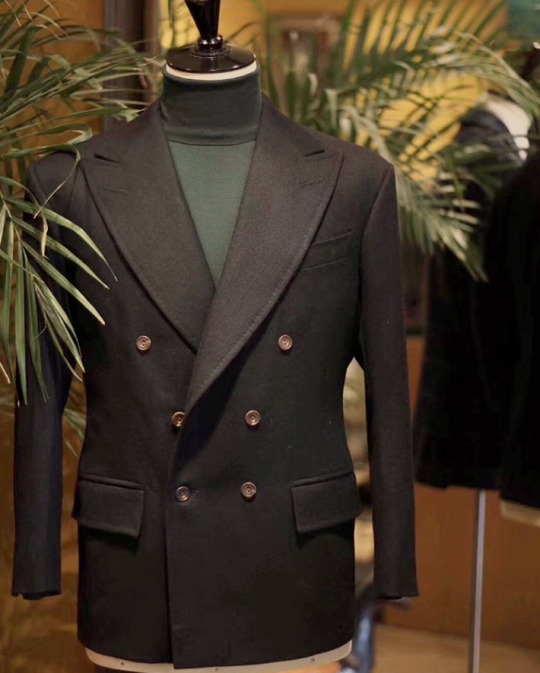
I also think a double-breasted coat, when properly cut, can achieve a similar look. Some say heavier men should avoid DBs because the wraparound adds visual weight. But instead of focusing on whether the midsection looks heavier, I think it’s more important to focus on whether the top of the coat is broadened more by comparison. In other words, whether you achieve that V-shaped silhouette.
Some of this is done through careful tailoring – a chest piece that helps give the coat some shape; judicious wadding that helps give you slightly broader shoulders. The other part is about how that long, sweeping line from the elongated lapel can move the eye from one side of the body to the other. In the photo above, you can imagine how this is done by repositioning the buttons. Move the buttoning point slightly higher and the lapels shorten/ widen; move them lower and the lapels elongate. With a soft chest piece cut on a bias, you can also give the chest slightly rounded, fuller figure (what’s known as the drape cut).
Unfortunately, it’s hard to find a good DB nowadays. Clothiers are less likely to carry them because customers are less likely to buy them. And as things have gotten shorter and slimmer, fashion trends have been less forgiving to DBs. While you can sometimes wear a slimmer, shorter single-breasted in a way that looks very modern, those same changes can make a DB look like a strung-up corset. That said, the best places to look for a DB are likely the ones that specialize in more classic forms of tailoring – more Sartoria Formosa or Brooks Brothers, less J. Crew or Barneys.
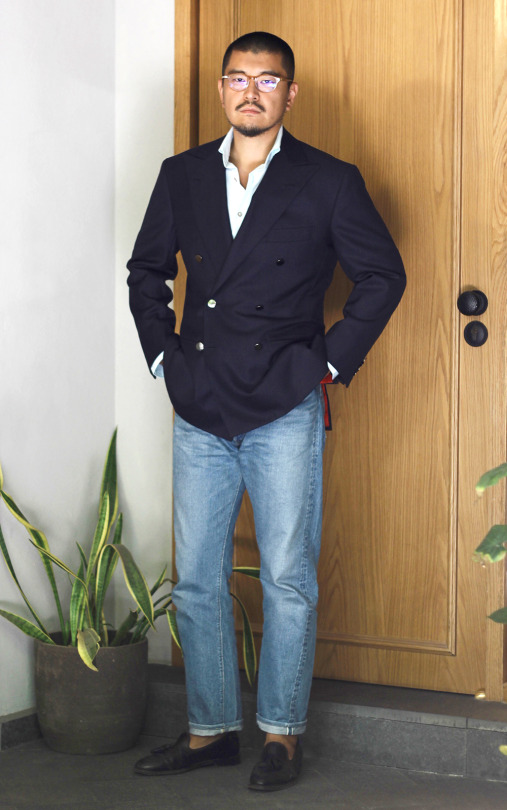

I’ve mostly avoided DBs because I think they often work better as a suit – and I rarely wear suits. Part of this is about how the jacket can look truncated if there aren’t matching pants to help form a continuous line (which is also true of single-breasted jackets, and why I think suits generally look better than sport coat ensembles). In the last year, however, I’ve noticed some friends looking great in their DBs sport coats. George Wang of BRIO says he often wears a navy double-breasted with Fresco trousers in the summer months. And when I saw Gianluca Migliarotti this past Monday for his Pommella trunk show, he wore a navy DB with gray twill trousers, an open necked button-up shirt, and some black tassel loafers.
They look so great that I think I’m going to order a DB this year from Steed. It’ll be modeled off the coat Calvin at BRIO originally commissioned (he’s pictured at the top of this post). His is made from Fox Flannel’s midnight serge, a slightly ribbed cloth that’s perhaps easier to dress down that other traditional navy DB blazer options – flannel and hopsack for the cooler months, then linen and tropical worsted for warmer weather. I also like how he went with a 6×2 configuration with flapped pockets and swelled edges, the last of which will help distinguish this from a suit jacket.
Below are some more photos of DB odd jackets. Some are admittedly dinner jackets, which are a slightly different thing, and others are actually casual suits. But they have that easygoing vibe that I think makes this style look so good. The double-breasted today is rarer than the single-breasted, and thus considered by some to be more formal (even if this is not “technically” correct since formality in tailoring descends from traditional evening wear, and a full dress set is worn with a single-breasted). More than being formal or informal, however, I think DBs can be nice in that louche sort of way. And if the style can help me hide this gut, all the better.
